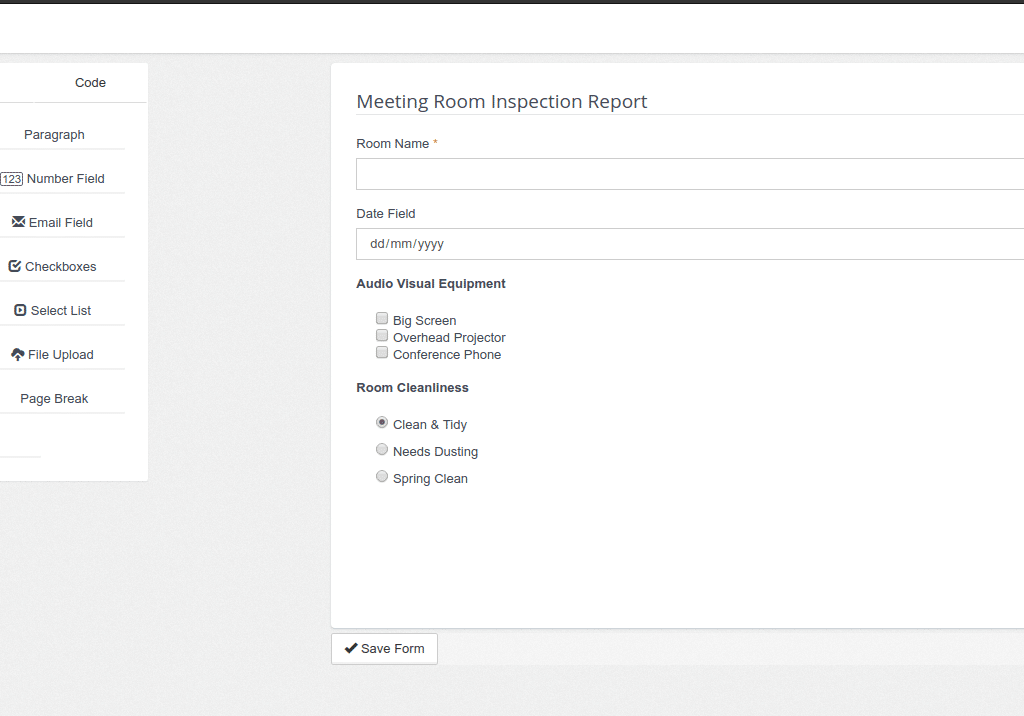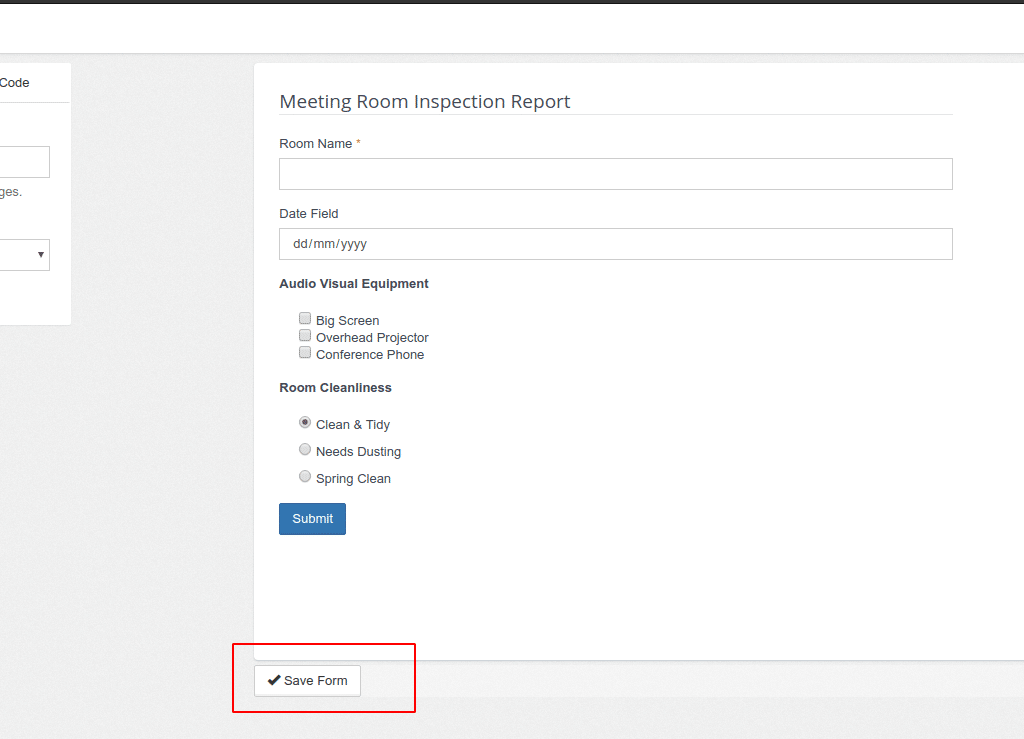Because information technology is now integrated in most businesses, a business continuity plan (BCP) cannot be complete without a corresponding disaster recovery plan (DRP). While a BCP encompasses everything needed – personnel, facilities, communications, processes and IT infrastructure – for a continuous delivery of products and services, a DRP is more focused on the IT aspects of the plan.
If you’re still not sure how big an impact loss of data can have, it’s time you pondered on the survival statistics of companies that incurred data losses after getting hit by a major disaster: 46% never recovered and 51% eventually folded after only two years.
Realising how damaging data loss can be to their entire business, most large enterprises allocate no less than 2% of their IT budget to disaster recovery planning. Those with more sensitive data apportion twice more than that.
A sound disaster recovery plan is hinged on the principles of business continuity. As such, our DRP (Disaster Recovery Plan) blueprints are aimed at getting your IT system up and running in no time. Here’s what we can do for you:
- Since the number one turn-off against BCPs and DRPs are their price tags, we’ll make a thorough and realistic assessment of possible risks to determine what specific methods need to be applied to your organisation and make sure you don’t spend more than you should.
- Provide an option for virtualisation to enjoy substantial savings on disaster recovery costs.
- Provide various backup options and suggest schedules and practices most suitable for your daily transactions.
- Offer data replication to help you achieve business continuity with the shortest allowable downtime.
- Refer to your overall BCP to determine your organisation’s critical functions, services, and products as well as their respective priority rankings to know what corresponding IT processes need to be in place first.
- Implement IT Security to your system to reduce the risks associated with malware and hackers.
- Introduce best practices to make future disaster recovery efforts as seamless as possible.
We can also assist you with the following:


